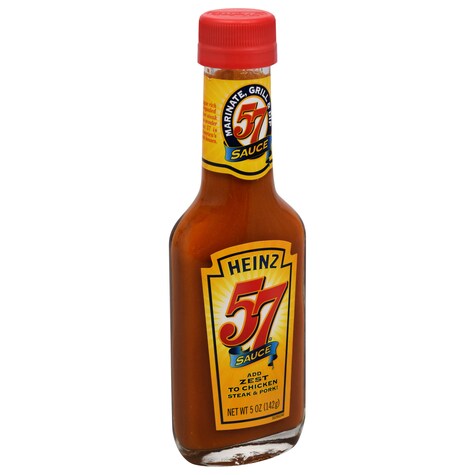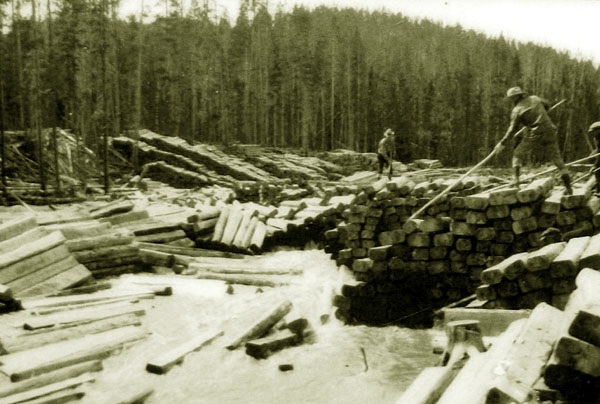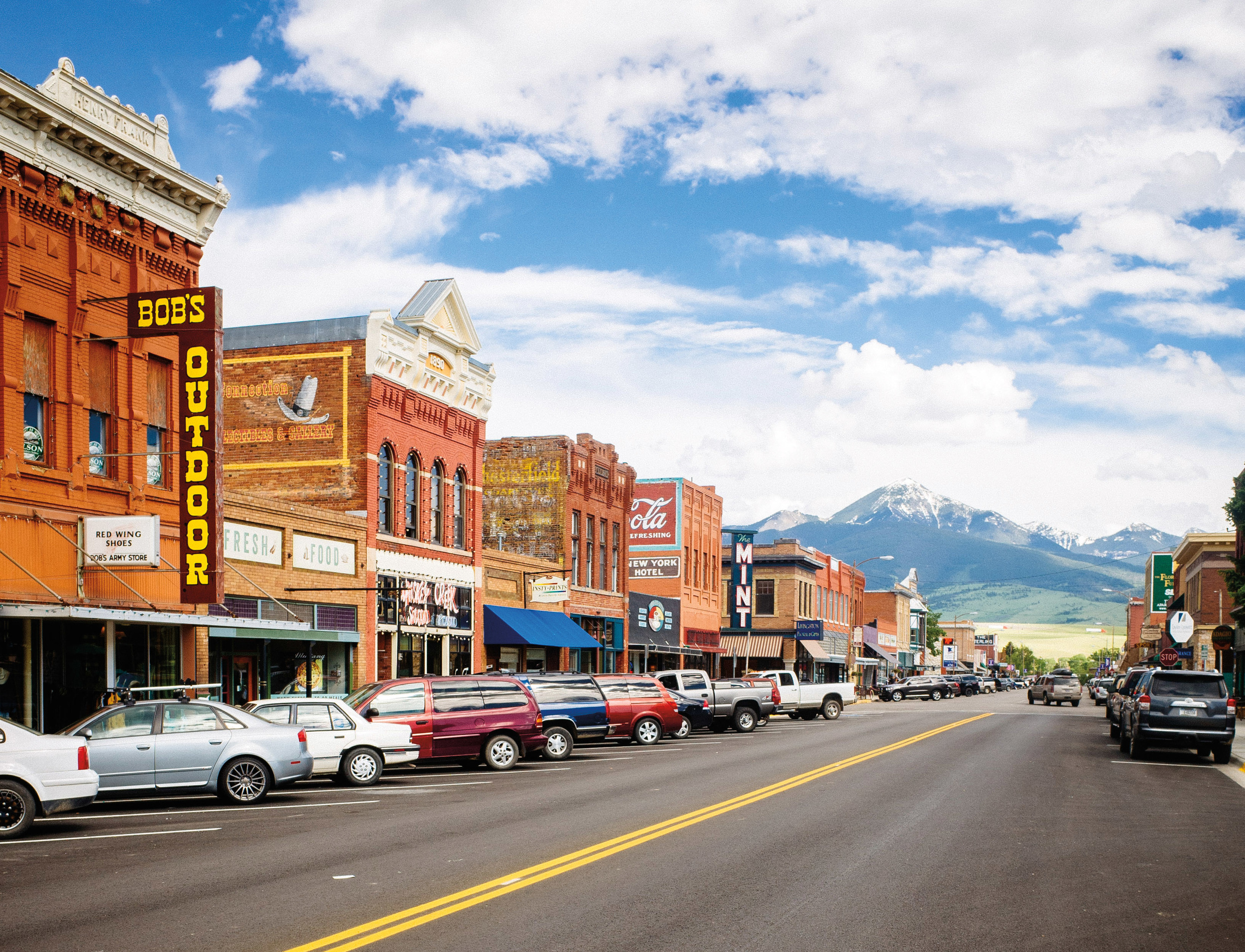When I think about race throughout my educational experiences, I mostly think of the lack of race and diversity that I experienced throughout my schooling. As I’ve touched on before, I grew up in a small town in Montana in which there was not much diversity to begin with. The population was overwhelmingly white catholic people, and the majority of them had lived within the town or state of Montana their whole lives. As one can imagine, this lack of racial diversity directly carried over to my experience in school.
From preschool through third grade I attended St. Mary’s catholic school. Although my memories from this time in my life are not quite as clear, I cannot recall a single teacher, administrator, custodian, or student that was not white. I don’t remember really learning about people of different races either during my early schooling. However, at this young age, this seemed normal to me. The types of people that I saw every day in town were the same ones that I saw at school. I switched to the public school system in fourth grade and attended Washington Elementary School for the remainder of my elementary education. Again, I cannot recall any individuals of color during my time at Washington Elementary either.
From sixth grade through eighth grade, I attended Sleeping Giant Middle School. Again, I cannot recall much racial diversity during this period of my education. There were no faculty members of any race other than white. I do however, remember one student named Maurice that was mixed race – black and white. Maurice was a year younger than me, so I never really got the chance to interact with him much. I was involved in some of the same sports as him such as basketball and football, so I did get to interact with Maurice during this time. It was a pretty impartial relationship in that we got along just fine, weren’t really close friends that hung out outside of school and sports, and we weren’t enemies either. I kept the same relationship with Maurice throughout high school.
Once I got to Park High school, my experience was very much the same. Again, there were no faculty members of any race other than white. Even all of the foreign language teachers were white. As one could imagine, the student population stayed pretty consistent as well. There might have been a few students of different races, but none that I can recall right now. During my senior year, a new student moved to Livingston and started attending Park High. His name was Anthony Ramirez and he was a year younger than me. His family moved from Las Vegas. He was a Black, Latino, and Filipino mixed race individual.
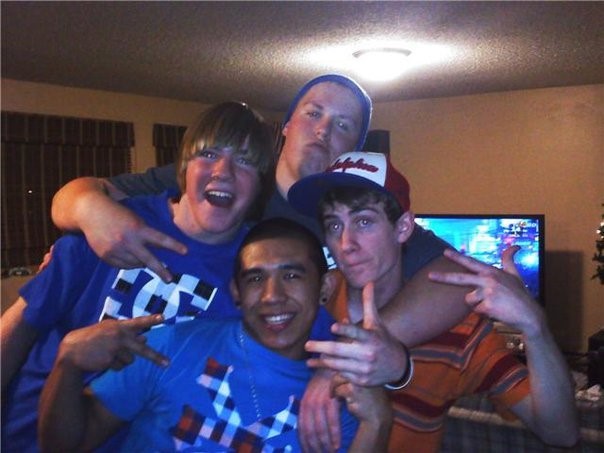
Anthony and I connected through sports and became very close friends. I learned a lot from him in regards to his upbringing, background, and culture that he experienced growing up in Las Vegas. As one can imagine, it was quite a culture shock for Anthony moving from Las Vegas to small town Montana. On the same note it was quite the shock to me to learn about some of the experiences that Anthony had been through growing up such as gangs, shootings, and fights because these things never happened in the small town that I knew. I like to think that I helped with the transition for him and he helped me gain knowledge and understanding of the world outside of Livingston, Montana.
After high school, I attended college at Dickinson State University in Dickinson, North Dakota. Although the community itself was lacking in racial diversity, the student population was surprisingly fairly diverse. Most of the diversity can be credited to athletics as well as international exchange programs. Outside of those two areas, the normal student population was mostly made up of local white students. Most of the close relationships that I developed with people of other races came from my teammates on the football team. Although the majority of our team was white, we also had Black, Latino, and Polynesian players, all of whom came from within the U.S. Even though there was diversity amongst our players, the coaching staff for the football team was completely white. Because of this, I think that players of color often felt like the coaches didn’t understand them. In hindsight, they were probably right. Here is a photo of my college football team when I was playing. As you can see, majority white.
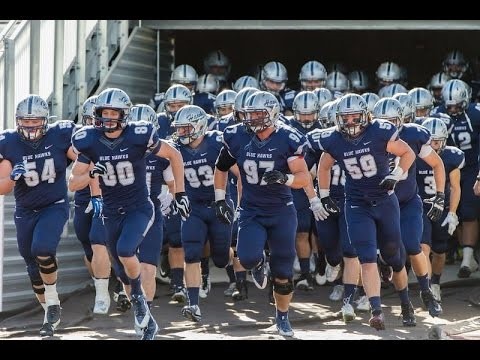
I have thought long and hard about it, and I cannot recall a single non-white professor, coach, or faculty member that I encountered throughout my time at Dickinson State. It is shocking to reflect back on it now, however, I never thought anything of it at the time. There were many Chinese students at Dickinson State because of an International Exchange Program, the rack team had a lot of students from the Bahamas and Jamaica, and there were some players from Brazil on the volleyball team. Although these were the cultures and races that I remember best and interacted with the most, there were many others represented at Dickinson State University. There was an area on campus at Dickinson State (pictured below) that had a flag from each country in which there was a current student attending school.
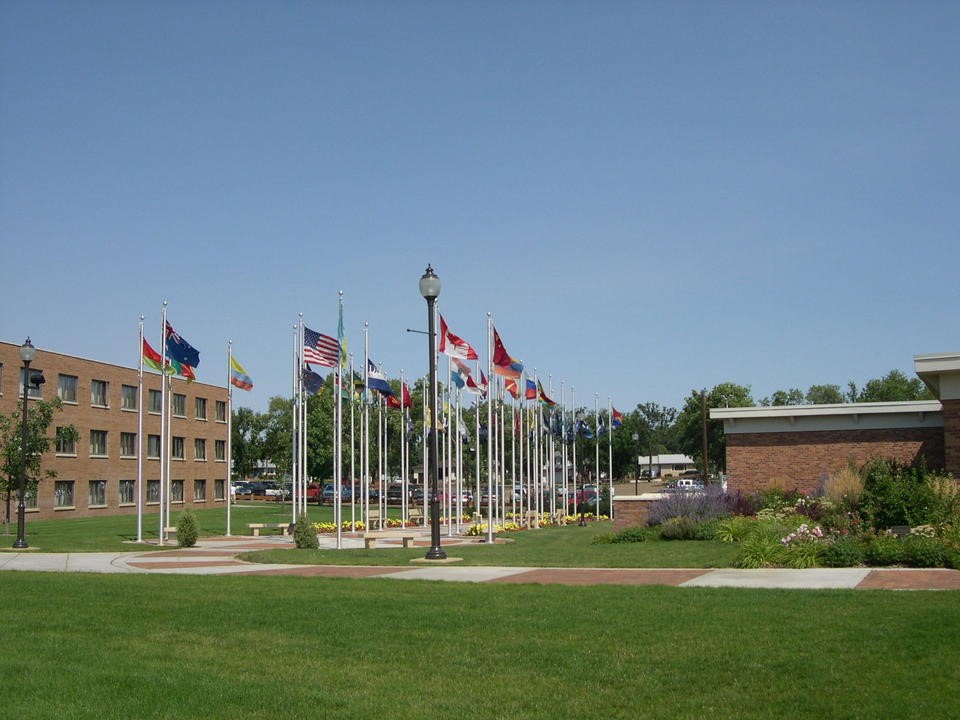
There are two major experiences from my time in college that I think helped me learn a lot about race and other communities. The first is a project that I had to complete for one of my classes that required me to interview a student from a different country. I extensively interviewed a volleyball player from Brazil about her family life, culture, and experiences growing up. I learned a lot from this exercise, and it also squashed any assumptions or preconceived notions that I had about her or people from Brazil. This required me to step out of my comfort zone and I probably would have never done something like that if it weren’t required. The next experience that was a major learning experience for me was attending a series that Dickinson State called “Global Tables”. These occurred every Wednesday in the school library for a while and consisted of students from different countries sharing about their home country. The Global Tables also had a moderator to ask questions and take questions from the audience. This was a fascinating experience for me as I was able to learn firsthand about many different countries and cultures.
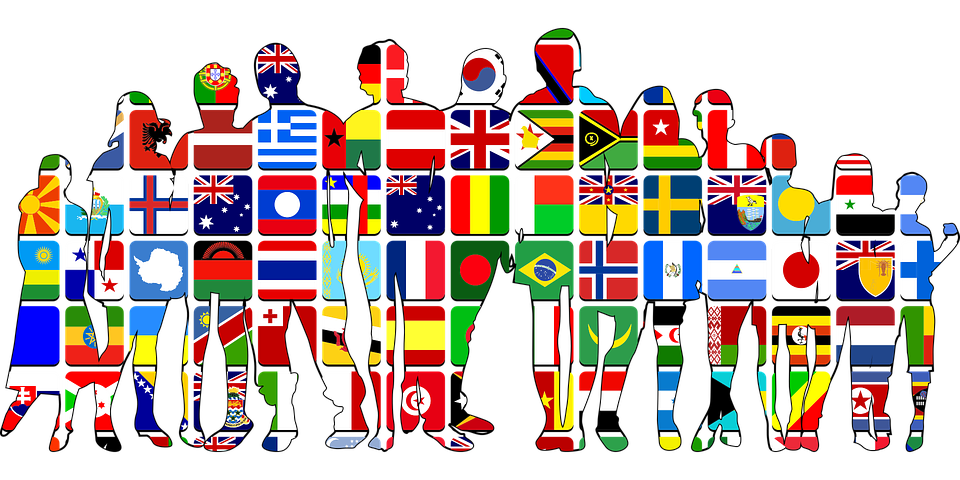
Overall, my racial academic autobiography is still developing. My experiences with race came a little later in life than it might have for most people. In the last ten years, I have been fortunate to live a few different places that have enhanced my knowledge and experiences dealing with race. Working with football teams has also been a great experience. We have players of multiple races and backgrounds from all over the country, and I have been blessed to interact with them all.


